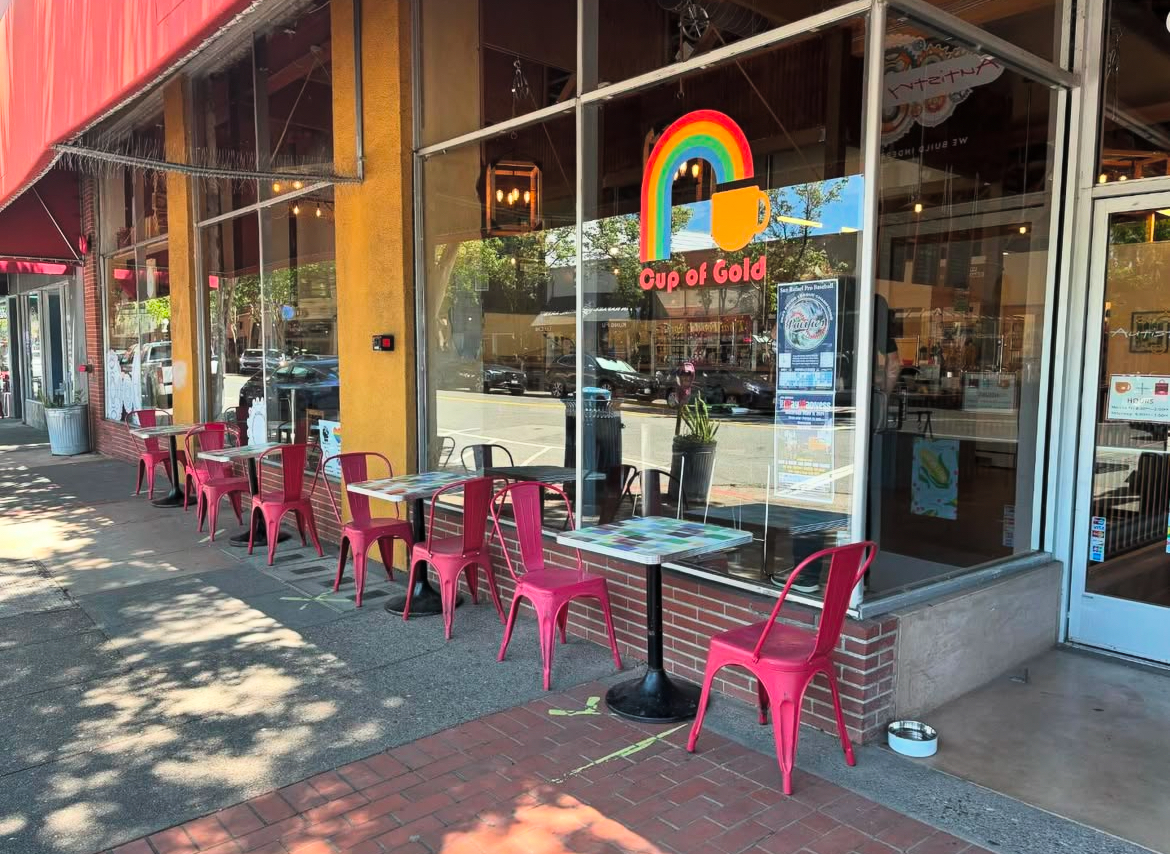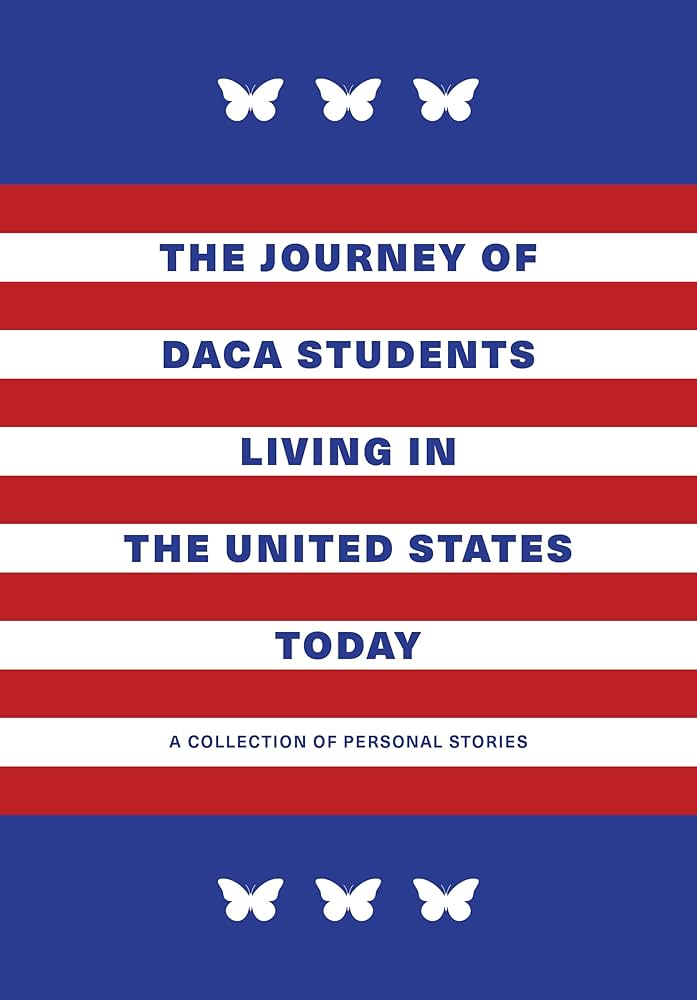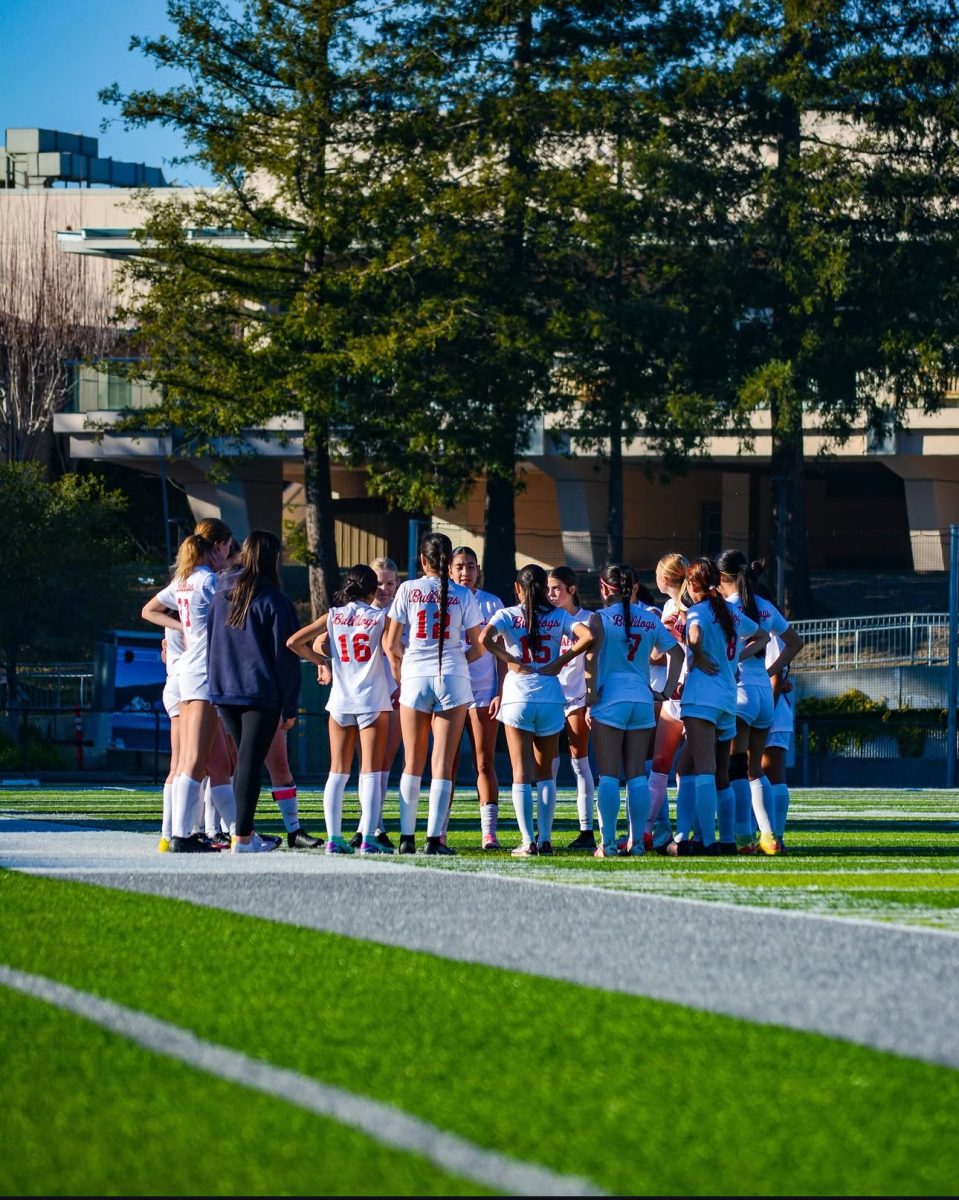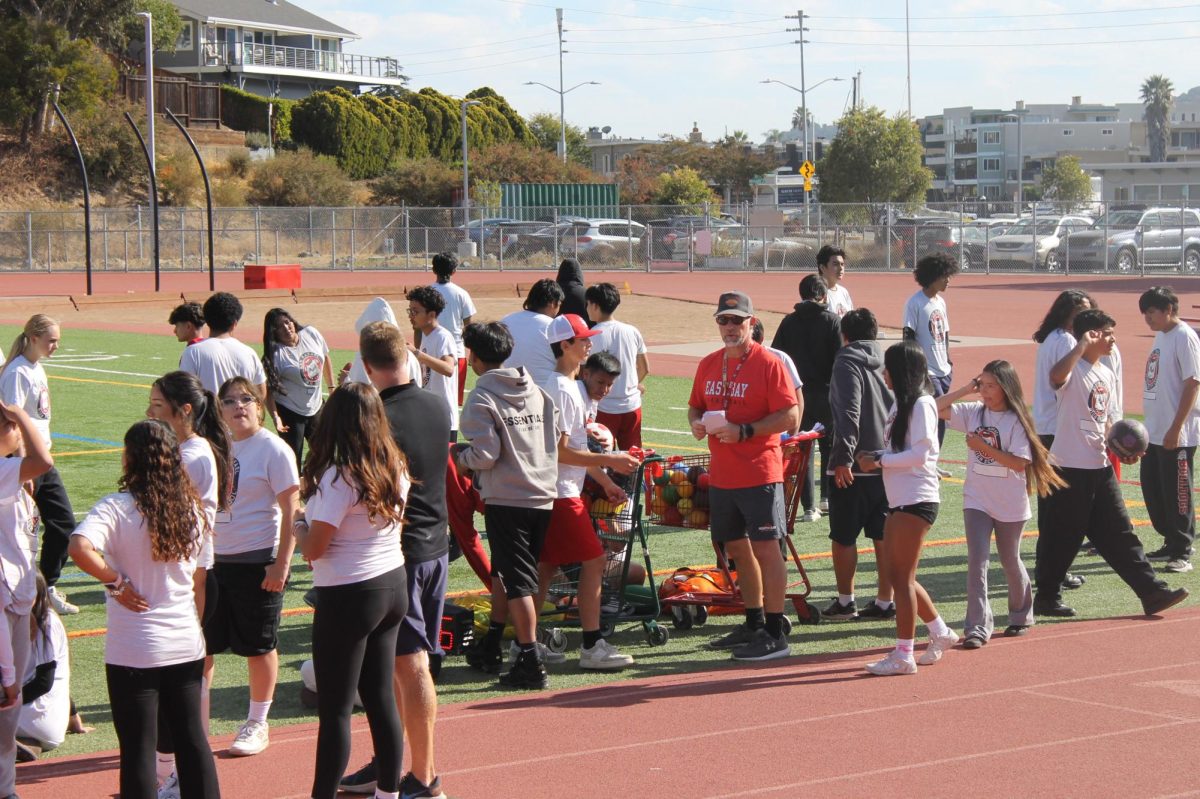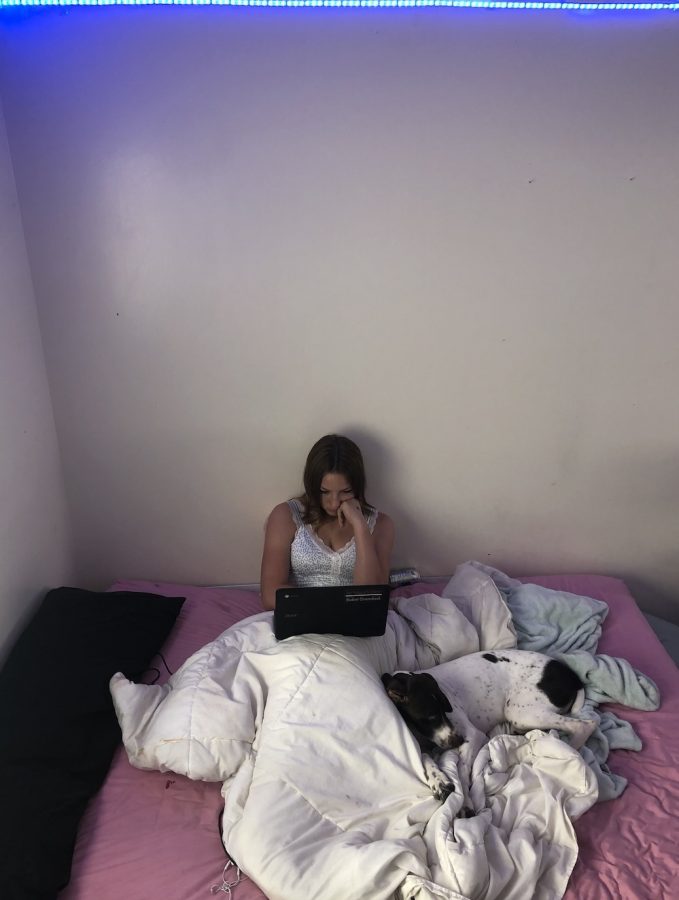Student Mental Health Declines as Distance Learning Continues
September 26, 2020
It is 8:50 in the morning. San Rafael High School junior Riley Cottrell wakes up to her alarm, quickly grabs a breakfast bar to snack on, and signs on to her first of four zoom classes of the day. Heavy orange smoke and the never-ending threat of a global pandemic linger just outside of her bedroom window, but she doesn’t have time to worry about that; not while she has AP assignments due.
“I just wish that teachers understood that we aren’t always going to be motivated to do homework every hour of the day. The workload has piled up even though I’m not procrastinating,” Cottrell stated.
“Distance Learning has brought many challenges to students, staff and faculty this school year,” said Judy Schwerin, an SRHS mental health counselor. “Students are reporting elevated stress, difficulty with concentration, and loneliness, to name a few of the reported concerns.”
As neighborhoods in Marin struggle with containing the spread of the coronavirus, namely the Canal District within San Rafael, California’s cases are soaring far above many other states. The state is becoming the epicenter of the virus. Along with the obvious physical health concerns that this uncertain year presents for the San Rafael community, the isolated and oftentimes lonely distance learning style has presented a whole new challenge for students which is leading to lack of motivation and the general feeling of being disconnected from the community for many.
Some parents and students wish to return to school in order to get back to a normal schedule — at least as normal as possible.
Although the staff has assured the community repeatedly that it is not yet safe to return and that they are continuously working on finding a solution, SRHS parent Susan Dalpino said that, although she is grateful, she feels they are not doing enough. She stated, “I think that the high school should really work on strategies to open. There’s a lot more push back at the middle and high school level to open. However, these are also the ages where kids really need to develop and enhance their social skills and understanding of themselves. This cannot be done in their homes. People need to be creative about space use so that kids can get back into the classroom.”
In a recent poll given remotely to several students across all grade levels, 40.9% of students reported that their mental health has in fact declined since the commencement of Distance Learning. Some major complaints shared in the poll were feelings of being unsupported, and not being able to focus in online class. One student anonymously shared a heartbreaking account, saying, “There have been times where I am feeling so down that I end up crying myself to sleep.”
Since March 13 of 2020, America experienced a nationwide shutdown of public areas such as concert venues, malls, restaurants, and schools. Following San Rafael High School’s traumatic last few days of school, students were left in the dark about what was to come in the next few weeks and how the school would handle the rising pandemic. Flash forward to six months later, and teachers and students are finally beginning to get a handle on distance learning. There are still issues of many students not having access to technology and teachers not understanding how to use it. Staff has reassured students, parents, and teachers alike that they are handling the situation in the most efficient way possible, with a new bell schedule and socially distanced cohorts to replace fall sports.
Sophomore Chiqui Diaz, who, like many students, struggles in social situations, has found that quarantine has lifted some of the weight off of her shoulders. However, she also stated, “Quarantine makes it a lot easier for me to shut myself off and slip back into old habits that are not good for my mental health.”
Senior Hannah Vogel speaks for many students when she says this new system is particularly exhausting, which sounds ironic considering the whole day can be spent laying in bed.
In an interview she shared, “Honestly, my mental health has been almost everywhere since we started distance learning. Staring at a screen all day drains you, and not being able to see the people you are closest to is especially difficult.”
It appears that many teachers are adopting different ideas of how to treat classes, homework, tests, and late work in order to cope with the possible issues that students are experiencing so far this year. There is an overbearing disconnect between students’ idea of a reasonable amount of work and what teachers have been assigning so far.
Natalie Fortune, a math teacher at SRHS, stated that she is indeed taking students’ mental health into account as she moves forward into teaching classes this year. She said, “I know it is hard not being able to physically interact with the teacher when learning. I have tried to really grade on participation more and not just on correctness. I teach at a much slower pace as well.”
One surprising outcome of interviews with students was that a large amount of them have actually reportedly taken time to “find themselves” over quarantine. With an endless amount of time at home, they have taken it upon themselves to explore new horizons and delve deeper into exploring who they are and what they like.
Diaz said, “I have had the opportunity to do a lot of social just work and activism that I am very passionate about, and I have also been learning how to arrange music.”
Freshman Angel Amesa said, “I have picked up on new hobbies like skating, painting, and I have binge watched 4 TV shows already.”
Although time is flying by and sports are already beginning, the only thing that remains certain is that nobody truly knows how the rest of the year is going to play out. Whether Distance Learning will continue through the semester or possibly even the year is still up in the air. Mental health counselors are still remotely available, and counselor Judy Schwerin has some words of wisdom for those feeling lonely or unmotivated:
“If you feel like you’ve done coping skills, tried taking breaks, taken the deep breaths, and you still find yourself feeling overwhelmed, anxious, stressed out or maybe beginning to lose interest in the things that once made you feel happy, or beginning to feel hopeless; it might be time to check in with someone you trust, and time to check in with a professional.”


